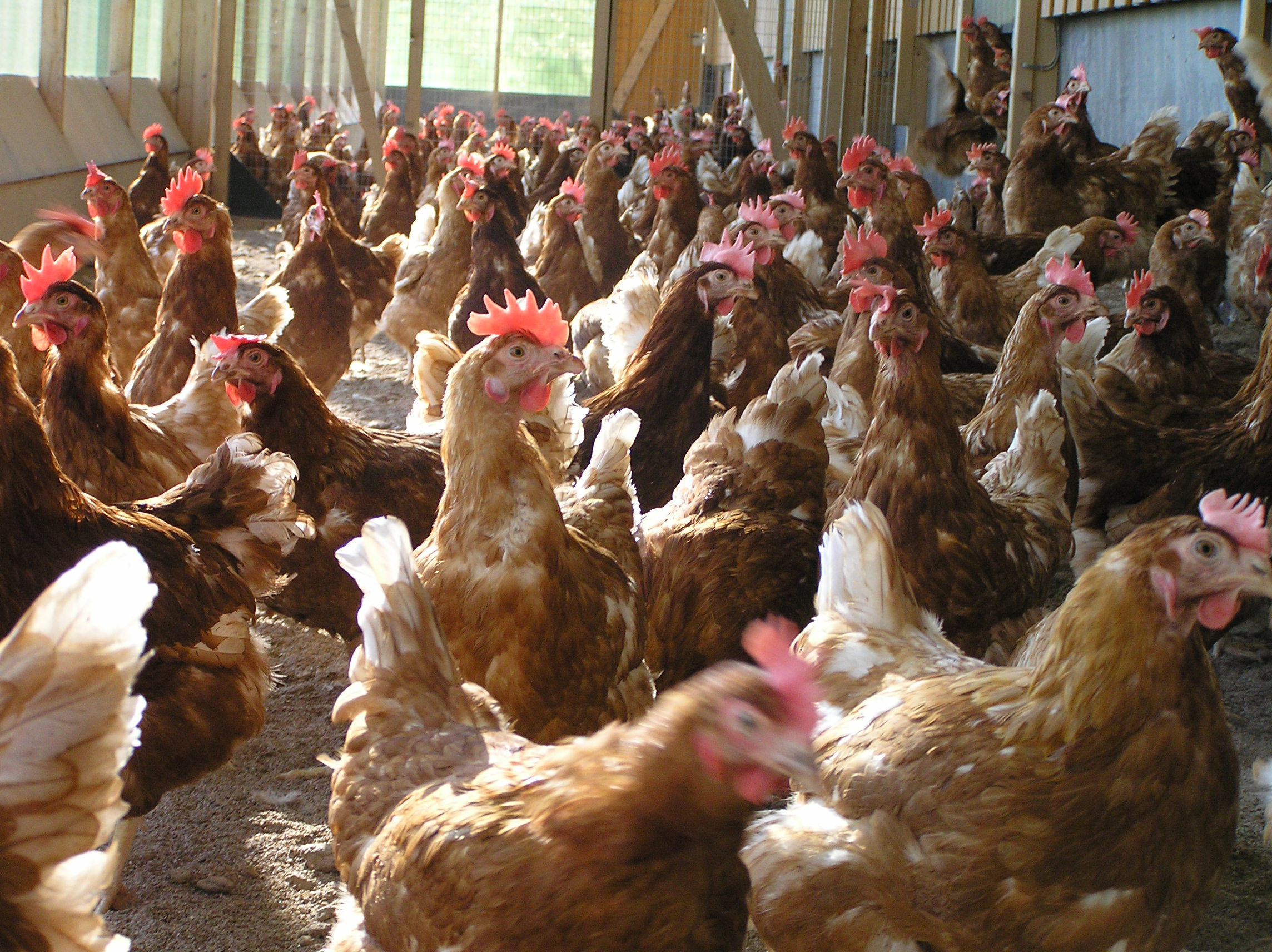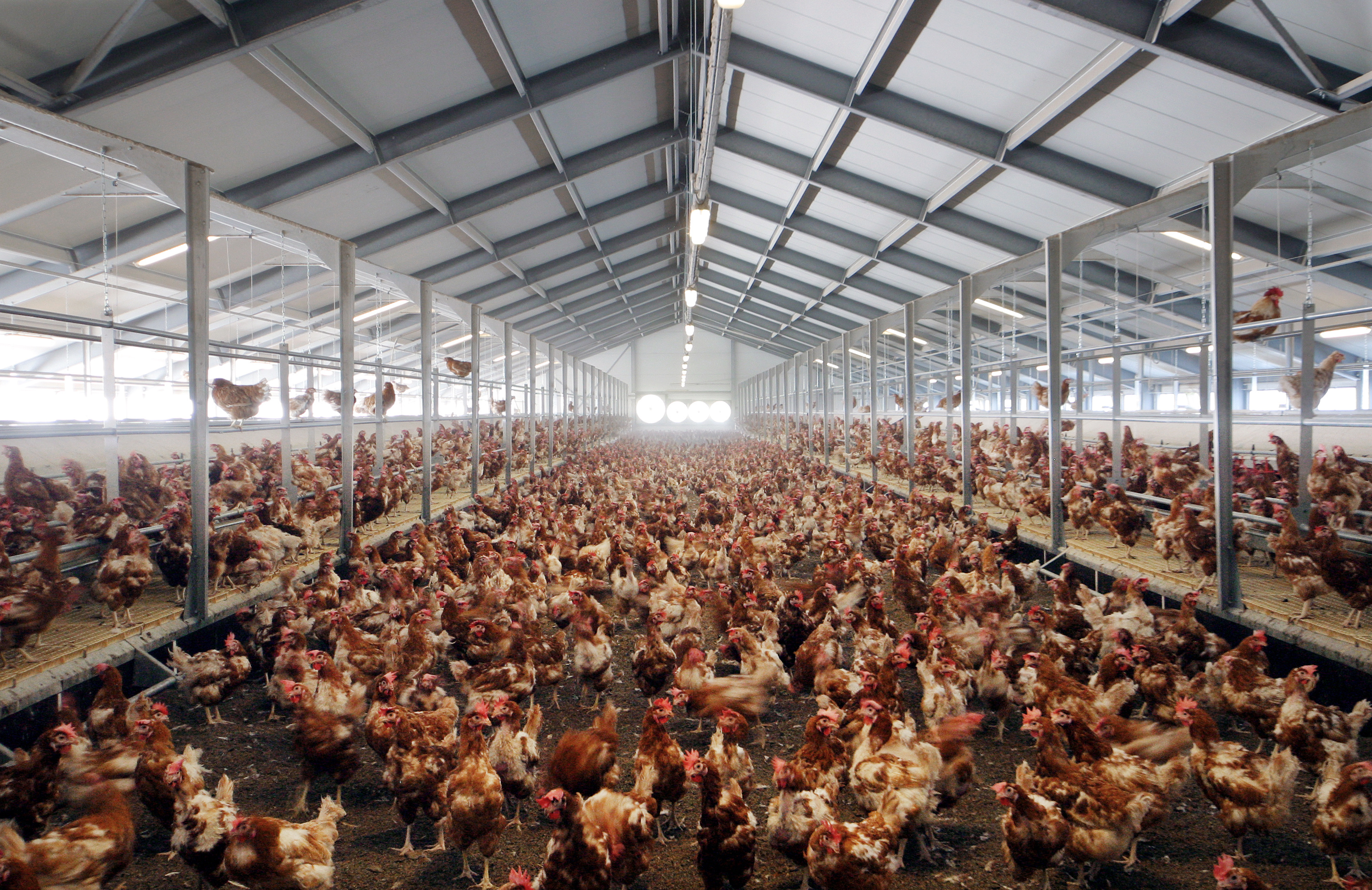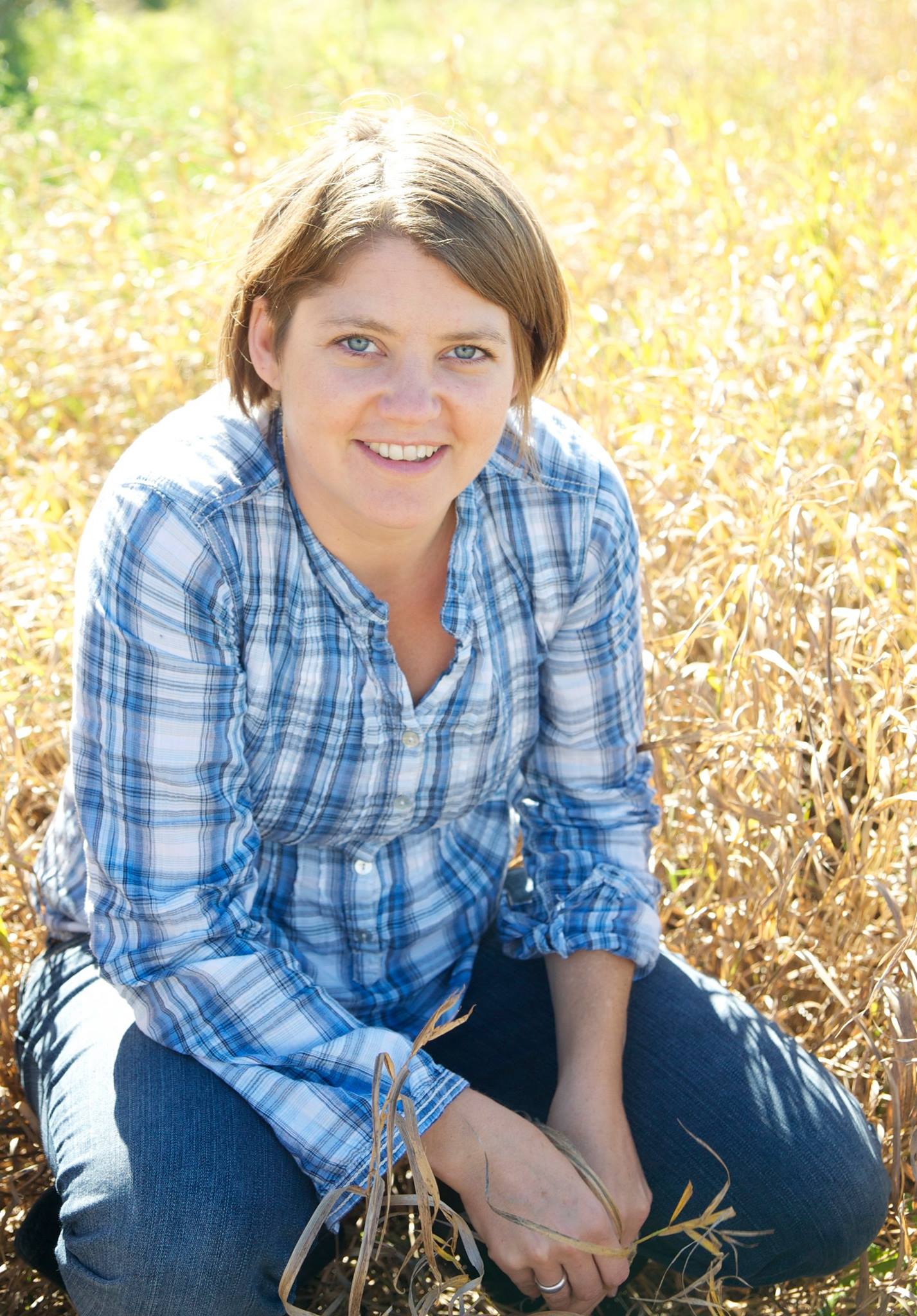



How to depopulate end-of-lay hens responsibly
High standards in animal welfare should extend to hens at the end of their laying careers just as much as to younger birds.As egg producers around the world make the switch from caged to cage-free housing, amendments in the way they manage their flocks will be required. One of those amendments is the way in which end-of-lay hens are depopulated. If done incorrectly, depopulation can give rise to welfare issues, such as fractures, dislocations and muscle injuries. Under the supervision of Michael Toscano, poultry welfare researcher Chris Gerpe from the Center for Proper Housing, Poultry and Rabbits (ZTHZ) in Switzerland is working to find the most humane depopulation solution for cage-free growers.

After egg production has slowed down at about 60-70 weeks of age and laying hens have reached the end-of-lay period, “spent” hens must be removed from barns. Depopulation, no matter which housing system is used, involves three steps: catching, carrying and crating. Despite the fact that the steps are similar for both caged and cage-free flocks, depopulation in cage-free environments can be somewhat more challenging.
“Hens can be everywhere when housed in an aviary; they will not just all sit on perches,” says Gerpe. “Nests need to be closed, so they cannot enter them in the evening, and grids that prevent the hens from going underneath the aviary should be installed.”
“There are always some hens that will be on the ground, so these should, if possible, be removed first,” he adds.
Whereas in aviary systems the ground is commonly covered in litter, in caged systems, the floor is usually a clean, smooth surface. “Producers like to take out most of the litter to prevent people from tripping, but not completely as a bare floor can be slippery,” explains Gerpe.
Probably the biggest difference, though, is that hens in caged systems cannot easily escape. In aviary systems, however, if depopulation is done incorrectly, hens will be scattered throughout and will need to be chased and caught individually.

“This can be prevented by simultaneously depopulating all corridors in a tight line of workers, and if possible immediately going after escaped hens,” says Gerpe.
Another issue poultry handlers face in cage-free systems is accessing the hens in the aviary’s interior. Depending on the aviary system, corridor width, or arrangement of aviary rows, it can be difficult to catch hens without causing collisions with the pen furniture, says Gerpe.
“Caged systems, on the other hand, only have a relatively small opening to get the hens through, which can also lead to collisions with the pen furniture,” he says. “It might be necessary to provide benches or platforms to reach higher tiers if the balconies cannot support the weight of workers.”
Perhaps most concerning is how stressful depopulation is on the hens. The procedure - in both caged and aviary systems - can also lead to injuries, such as fractures, dislocations and muscle injuries.
“Preliminary results from our first study estimated that approximately 8 percent of hens sustained an injury that potentially occurred during depopulation,” explains Gerpe adding that this figure can only be estimated since injuries categorised as “fresh” can be up to two days old. “Our efforts to reduce these adverse effects,” he says, “are based on our own observations, meetings with the Swiss egg industry, producers and the input gained from a professional depopulation company in the Netherlands that we visited last year.”
In a second project, Gerpe’s aim was to reduce injuries, stress and worker fatigue during depopulation. One strategy they focused on was lighting, testing depopulation results in complete darkness, with modified head torches and even pre-installed LED blue lights. They built portable blue-light modules which emit light with a wavelength of 400 nanometers. It’s a frequency hens do not see well, says Gerpe, and they equipped half of the barns with these modules. The other half was depopulated either without lights or in extremely dimmed full-spectrum lights.
In this experiment, Gerpe also evaluated handling time, explaining that longer handling times are associated with increased stress responses. By providing carts for the crates so the hens could be packed inside the barn, they were able to minimise handling time - and being removed this way meant the birds did not need to be carried and carted outside. Both methods were compared.
At present, Gerpe is still analysing data, so he can’t provide conclusive results. But he said it seems like producers’ attitudes, and especially experience with the procedure, are very influential factors to consider. “We could for example observe considerable differences in the working speed of very experienced people when they depopulated a new barn,” he says.
“Judging from our personal experience, we recommend that the producer should not engage in the actual depopulation procedures, but rather take the role of a supervisor or organiser to ensure that the process runs smoothly,” he continues.
The third experiment will elaborate further on the handling aspect, and Gerpe will investigate not only the effect of handing time in a more standardised setting, but will also compare conventional handling with an alternative handling method that is thought to cause less fatigue.
“With these results we do not aim to promote the alternative handling method as a new standard, as it would be difficult to implement in practice,” he concludes, “but rather highlight the potential to improve depopulation in terms of animal welfare through handling methodology.”
ZTHZ is a collaborative effort between the University of Bern and Switzerland’s Federal Food Safety and Veterinary Office.












